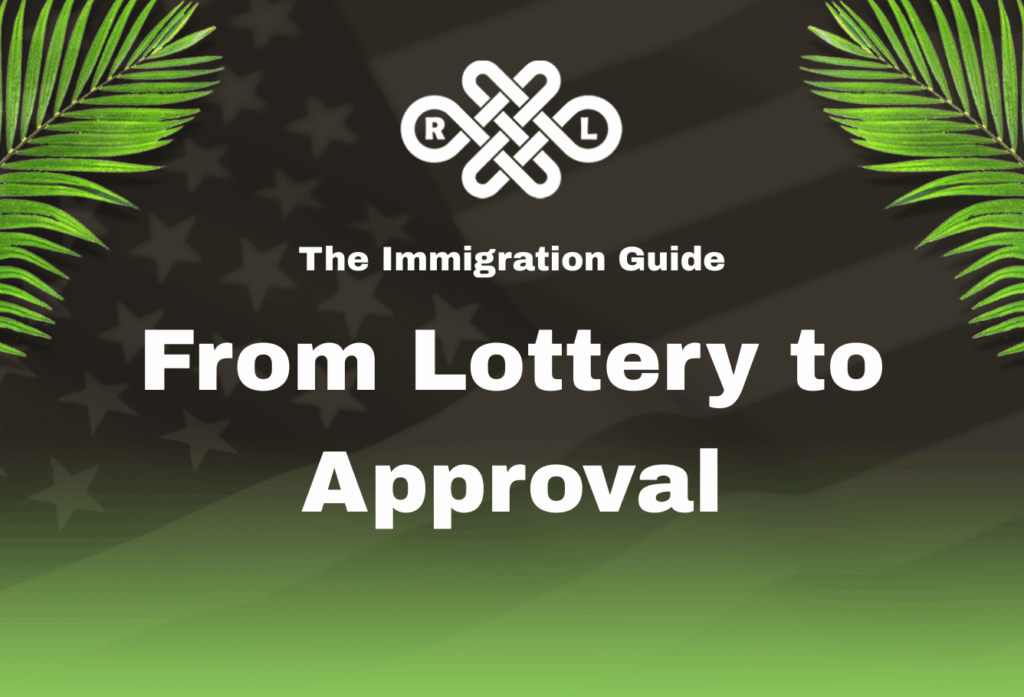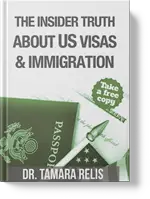
The H-1B visa has long been considered the “golden ticket” for foreign professionals seeking opportunities in the United States. For employers, it’s a way to bring in global talent. For skilled workers, it’s often seen as a stepping stone toward permanent residency.
But the truth in 2025 is clearer than ever: the H-1B is not a secure or predictable way to establish yourself in the U.S. With its lottery-based system, strict requirements, and temporary nature, many professionals find themselves stuck in uncertainty year after year. Fortunately, there are alternative visa options—such as the E-2 investor visa and the EB-2 National Interest Waiver (NIW)—that can provide a more stable and strategic route.
Understanding the H-1B Framework
The H-1B program allows U.S. employers to temporarily hire foreign workers in occupations that require at least a bachelor’s degree or equivalent specialized knowledge. The visa is initially granted for three years, with the possibility of extension up to six years. In FY 2024, the U.S. Citizenship and Immigration Services (USCIS) received over 780,000 registrations for the annual H-1B lottery—nearly five times the statutory cap of 85,000 visas (USCIS Report). This illustrates both the high demand and the competitive nature of the process.
In FY 2025, the number of registrations dropped to 470,342, with 135,137 total selections, representing a selection rate of around 25.6% (Ogletree Deakins). For FY 2026, registrations declined further to 343,981, but the selection rate increased to 35% (Ogletree Deakins)
The H-1B and Long-Term Immigration Goals
The H-1B visa is often the first step toward permanent residency. Many employers sponsor H-1B holders for a green card through the PERM labor certification process. Importantly, the doctrine of dual intent allows H-1B holders to pursue permanent residency without jeopardizing their nonimmigrant status. According to USCIS data, a significant percentage of employment-based green card applicants begin their journey in the H-1B category (American Immigration Council).
Smarter Alternatives to the H-1B
If your goal is stability, independence, or a faster path to permanent residency, other visa categories may serve you better.
1. The E-2 Investor Visa
For entrepreneurs, investors, and business-minded professionals, the E-2 visa is an excellent alternative.
- No lottery: You apply directly—no gambling on selection.
- Self-sponsorship allowed: As long as you’re from a treaty country, you can start or invest in a U.S. business and sponsor yourself.
- Renewable indefinitely: As long as your business remains operational and profitable, you can continue renewing your E-2 visa.
- Spouse benefits: Your spouse can apply for work authorization in the U.S.
Limitation: The E-2 is not a green card. But it does allow long-term stability and can often be used as a stepping stone to permanent residency.
2. The EB-2 National Interest Waiver (NIW)
For professionals with advanced degrees, unique expertise, or impactful work, the EB-2 NIW may be the most powerful option.
- Direct green card pathway: Unlike the H-1B or E-2, the NIW leads directly to permanent residency.
- No employer sponsorship required: You can self-petition if you can show your work benefits the U.S. on a national scale.
- Flexibility: You are not tied to one employer. You can change jobs, start a company, or pursue multiple projects.
- High approval potential: Professionals in technology, medicine, research, entrepreneurship, and arts often qualify.
Practical Considerations and FAQs
There are several practical issues to keep in mind. Standard processing for petitions can take 2–3 months, while premium processing, available for an additional fee, guarantees a response within 15 business days. Spouses and children under 21 are eligible to accompany the primary visa holder under the H-4 category, and in certain cases, spouses may apply for work authorization.
Employers are also obligated to maintain detailed records, meet wage requirements, and notify USCIS of material changes; noncompliance can result in significant penalties. Requests for Evidence (RFEs) are also common. In FY 2024, about 8% of petitions received an RFE, with initial filings seeing rates as high as 13% (USCIS Report). Proper preparation significantly reduces the likelihood of delays.
Data and Trends: Why the Stakes Are Rising
The H-1B program continues to be oversubscribed year after year. In FY 2024, USCIS initially selected 110,800 registrations, later adding another 77,600 in a second round to meet the statutory cap (USCIS Report). Despite a 38% drop in eligible registrations between FY 2024 and FY 2025, demand remains higher than the available supply, showing the persistence of global interest in the U.S. labor market (Ogletree Deakins).
Additionally, in FY 2024, 408,891 registrations were multiple filings for the same beneficiary, compared to 350,103 individual filings, highlighting ongoing concerns about system integrity (American Immigration Council). This led to stricter antifraud policies that directly impacted the lower number of filings in FY 2025 and FY 2026.
Why Expert Guidance Matters
Whether you’re considering H-1B, E-2, or EB-2 NIW, immigration is a strategic decision that can shape your entire career and family life. At RelisLaw Visa & Immigration Law Firm, we help you:
- Analyze eligibility for multiple visa options.
- Prepare strong applications that highlight your strengths.
- Avoid costly mistakes and delays.
- Design a long-term immigration plan tailored to your goals.
At RelisLaw, we combine deep legal experience with a technological focus, helping both employers and petitioners navigate the process with confidence. We focus on accuracy, regulatory compliance, and strategy, ensuring every detail is properly managed. From eligibility analysis and documentation preparation to deadline management and addressing USCIS inquiries, our team is dedicated to maximizing the odds and can turn a challenging and competitive process into a well-managed path to opportunity and long-term success.
FAQs
How long does it take to get work authorization?
Processing times vary by category but generally range from a few weeks to several months. Urgent cases may qualify for expedited processing.
Can I work while my renewal is pending?
In some categories, if you file your renewal on time, your work authorization may be automatically extended for a limited period. Always confirm with USCIS before working.
Do green card holders need an EAD?
No. Lawful permanent residents have automatic work authorization and do not need to apply for an EAD.
When Following the Rules Isn’t Enough: The Reality of Immigration Detention


Dr. Tamara Relis
Latest posts by Dr. Tamara Relis (see all)
- When Following the Rules Isn’t Enough: The Reality of Immigration Detention - December 12, 2025



